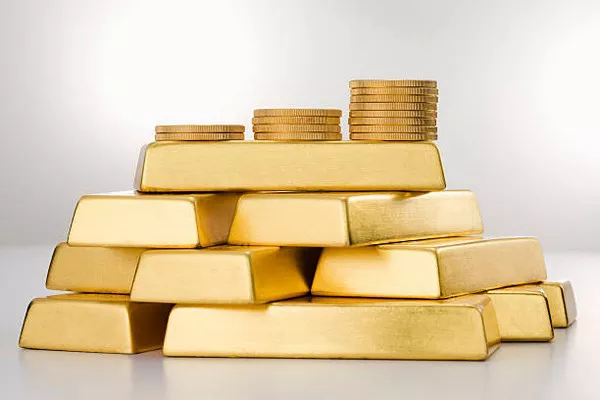Gold prices are confined to a narrow range in Asian trade as investors await upcoming economic data for trading cues. The yellow metal has been trading within a $2,000 to $2,050 range over the past two months. The near-term outlook for gold is constrained by the anticipation of higher U.S. interest rates, with Federal Reserve officials signaling a reluctance to loosen policy quickly due to persistent inflation. The U.S. dollar remains close to three-month highs, further dampening the upside for gold.
Spot gold sees a marginal 0.1% increase to $2,033.36 an ounce, while gold futures for April gain 0.2% to $2,042.60 an ounce. Investors are now focused on key U.S. economic data to determine the next direction for gold. The PCE price index, the Fed‘s preferred inflation gauge, is scheduled for release on Thursday and is expected to indicate sticky inflation, providing little motivation for the Fed to consider rate cuts. Additionally, a second reading on fourth-quarter GDP data is anticipated to show mild cooling in the U.S. economy.
The prospect of higher U.S. interest rates poses challenges for non-yielding assets like gold, increasing the opportunity cost of holding the precious metal. Other precious metals, including platinum and silver, remain rangebound. Platinum futures rise 0.5% to $887.85 an ounce, and silver futures gain 0.1% to $22.758 an ounce. In the industrial metals sector, copper futures for March increase 0.4% to $3.8510 a pound, with a focus on China’s key purchasing managers index data later in the week.
UBS analysts maintain a positive outlook for gold, expecting strength later in the year as U.S. interest rates eventually decline. They emphasize gold as an attractive standalone investment and a hedge against risk events. UBS maintains its year-end gold price forecasts at $2,250 an ounce for the end of 2024 and $2,050 an ounce by June 2024.


